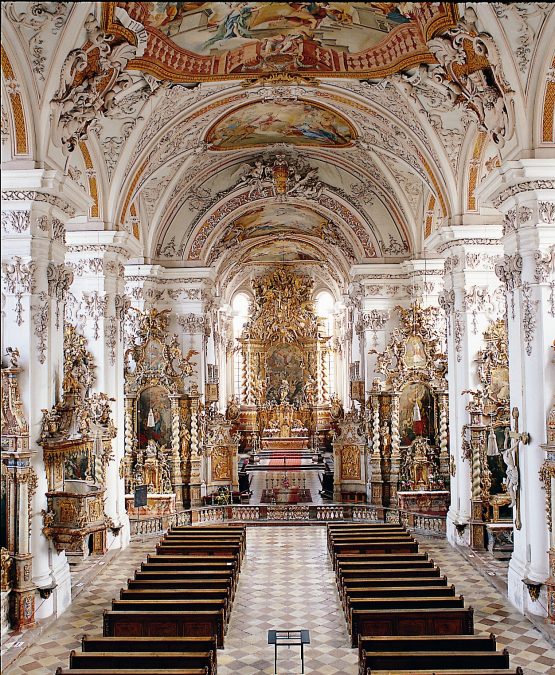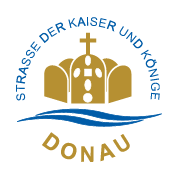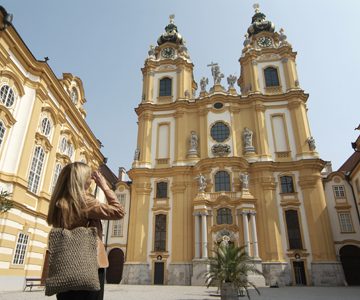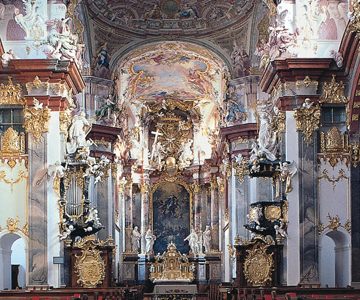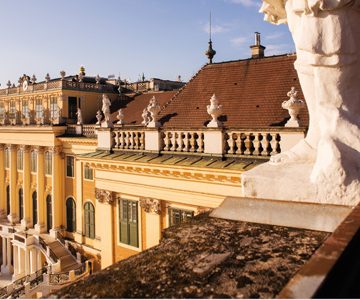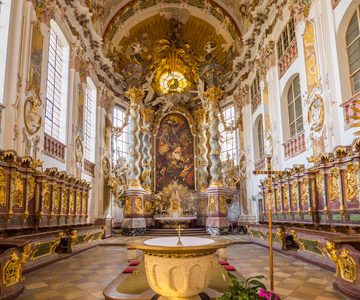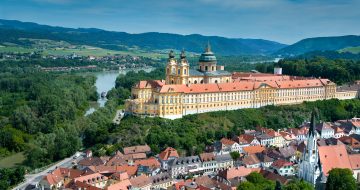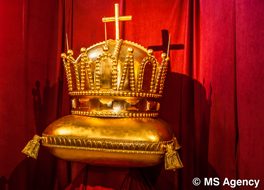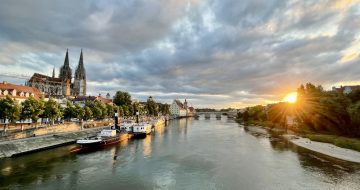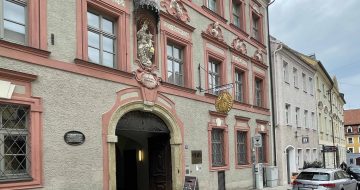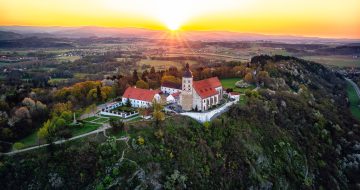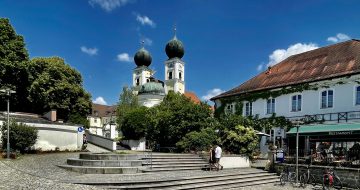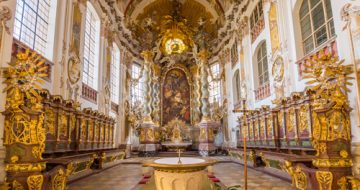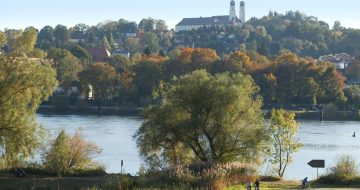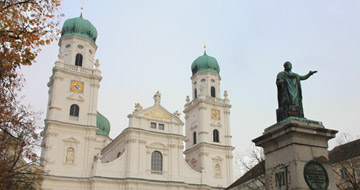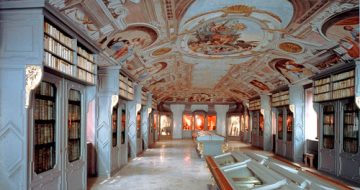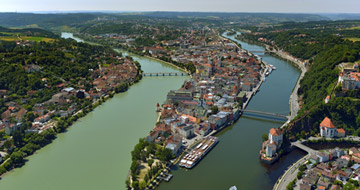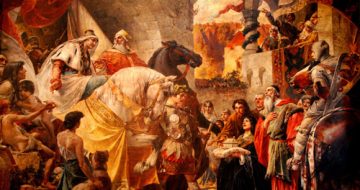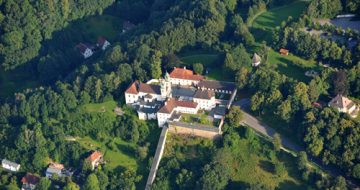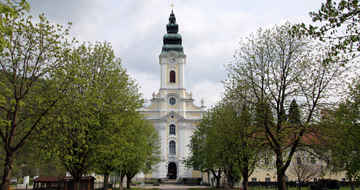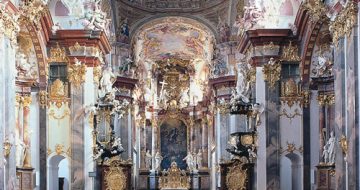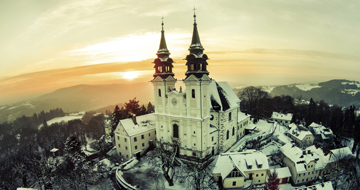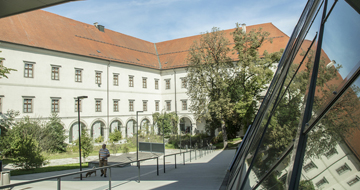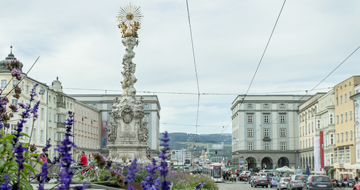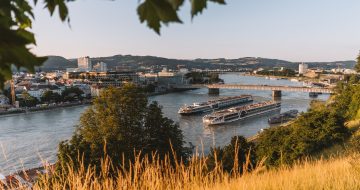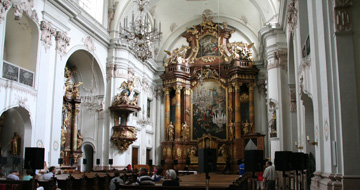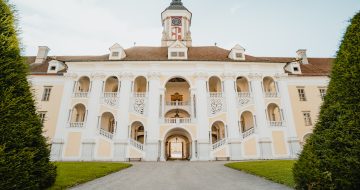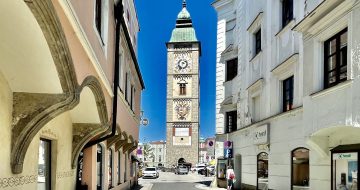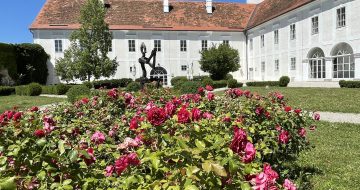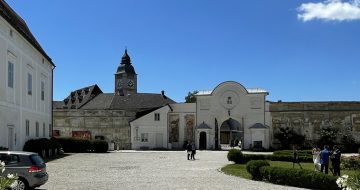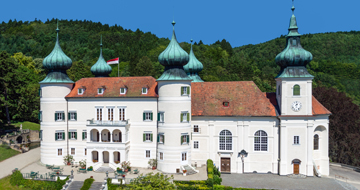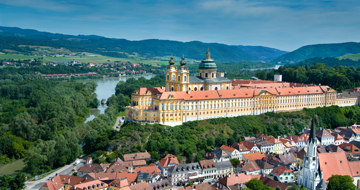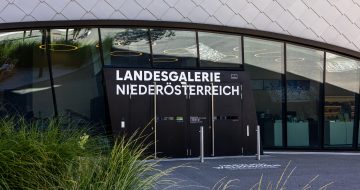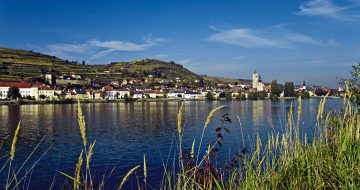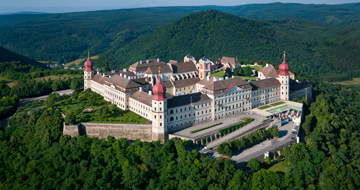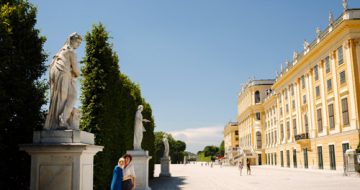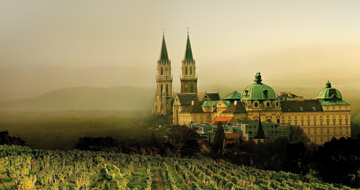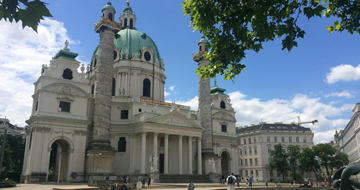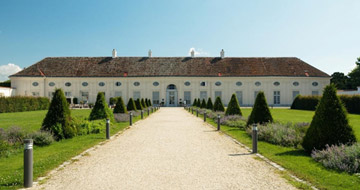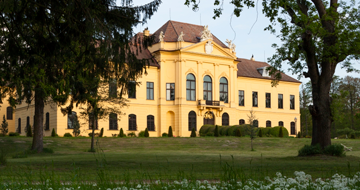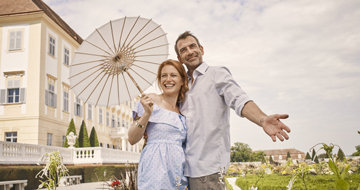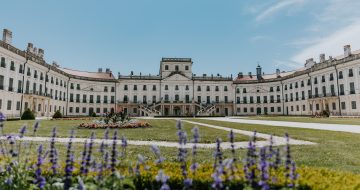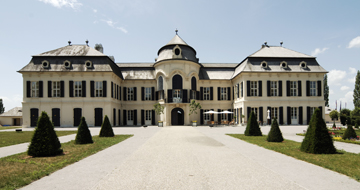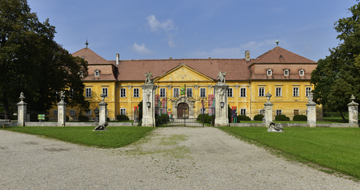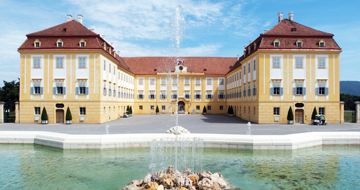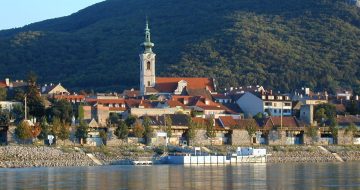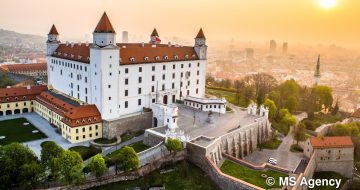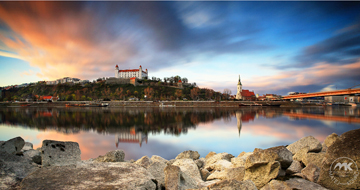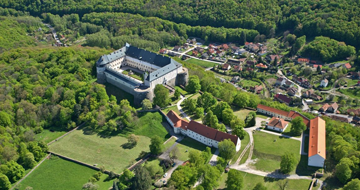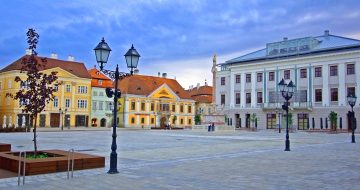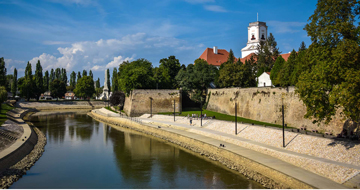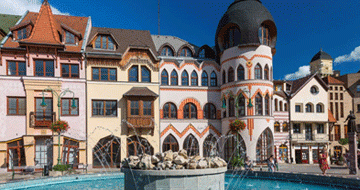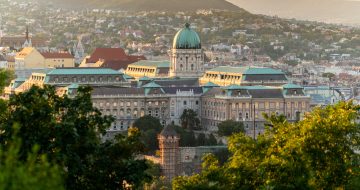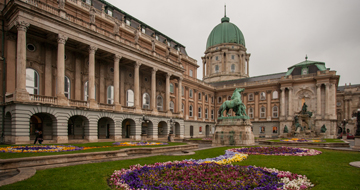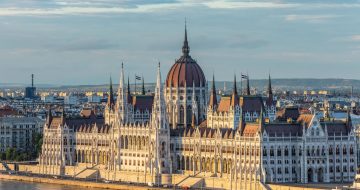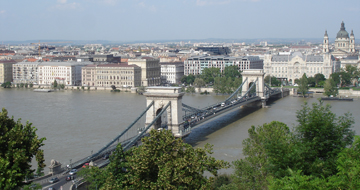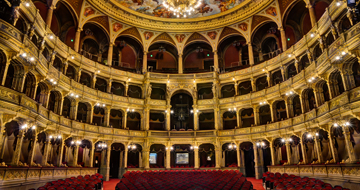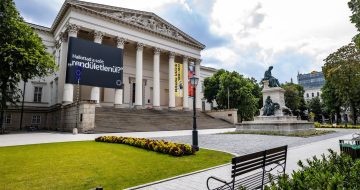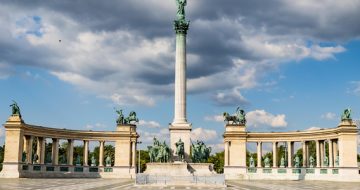The baroque period
The baroque period
In Hungary, the fortunes of war turned to the Habsburgs. But the road there was difficult. Twice the Turks appeared before Vienna: the first time in 1529 under Sultan Suleyman the Magnificent and then in 1683 with the largest army of the time. All the more powerful was the response to the epoch-making victory that the Austrians, in alliance with Poland and Bavaria, won at Kahlenberg in 1683. Prince Eugene of Savoy advanced to the rank of commander and completed the "Perfect Victoria" of the House of Austria. All of Hungary fell to the Habsburgs. By the middle of the 18th century, Austria was the undisputed supreme power on the Danube. Its triumph manifested itself in the magnificent Danube Baroque.
The Austrian Baroque style began in churches and monasteries along the Danube. In Sankt Florian, Carlo Carlone began the Baroque reconstruction of the canons' monastery. The magnificent staircase, marble hall and imperial wing form a single homage to the Habsburg dynasty. From 1688 onwards, an enormous new building program was set in motion in Melk Abbey, which was to take more than half a century to reach its present monumental form. The Benedictine Abbey of Göttweig also wanted to adapt to the new, victorious times. It was here that the largest Danube monastery was planned in the first place, its towering walls and domes symbolizing the triumph over Muslims and Protestants alike. The Habsburg supremacy in the empire was now unchallenged. Austria's glory and genius were evoked in buildings, visual art, theater and music. The Hofburg and the imperial city on the Danube rivaled Versailles and Paris for political and cultural supremacy. Vienna acquired its baroque-pompous face. Under Emperor Charles VI (1711-1740), the famous Baroque architects Johann Bernhard and Joseph Emanuel Fischer von Erlach and Johann Lukas von Hildebrandt were active. The splendid Court Library, the Winter Riding School and the Imperial Chancellery Wing were built under their aegis. The princes Schwarzenberg, Liechtenstein, Lobkowicz, the Schönborns, Auersperg and Trautson emulated the imperial "Great Viennese World Theater" with their magnificent palaces. Prince Eugene of Savoy, whose victories in the East and West had made him the richest man in the monarchy, had the Lower and Upper Belvedere built on the gentle slope to the south of the residential city.
The Counter-Reformation, strictly Catholic Habsburgs placed particular emphasis on the representative Baroqueization of churches. The cool splendor of the Karlskirche in Vienna, completed in 1737, reflects the imperial, religious-secularly exalted sense of power of the Habsburg dynasty. In the imperial monastery of Klosterneuburg, too, the two crown domes, representing the imperial crown and the archduke's hat, recall Emperor Charles VI's plan to expand the old building into a grandiose monastic residence. A new wave of baroque buildings unfolded along the Danube. The sky-scraping architecture of Melk experienced its completion.
The villages and towns along the Danube now acquired their baroque character, which is still preserved today. The painter Martin Johann Schmidt, called Kremser Schmidt (1718-1801), worked in Krems. He decorated hundreds of churches in Lower Austria with ceiling frescoes and also painted residential and guest houses. A frequently depicted Danube motif is the tower of the Church of the Ascension in Dürnstein, painted pale blue and decorated with balustrades and risalites. Numerous Baroque building ensembles are still preserved in Linz. In the midst of the rectangular main square rises the 23-meter-high Trinity Column, cloudy and interwoven with putti, monstrances and figures of saints. These sacral monuments are typical reminiscences of the Habsburg Counter-Reformation of the 17th and 18th centuries. We can find Baroque Trinity columns, statues of the Virgin Mary and sculptures of saints in all major towns along the Road of Emperors and Kings, also along the Slovak and Hungarian Danube.
In the age of the monarch Maria Theresa (1740-1780), the imperial capital Vienna and the Austrian Danube lands experienced a high point in cultural, economic and political terms. The Enlightenment gained more and more ground in the Vienna Hofburg; in historiography, one speaks of "enlightened absolutism." Numerous large buildings were erected, the most famous being Schönbrunn Palace, whose peculiar color scheme, the "Schönbrunn yellow," soon rubbed off on all Habsburg official buildings between the Rhine and the Carpathians. In Bratislava (Pressburg) and Buda, too, the nobility built palaces, city castles and gardens in the Viennese Baroque style.
Maria Theresa's son, Emperor Joseph II, thought on a large scale and was reform-oriented. After the extinction of the Bavarian line of the Wittelsbach dynasty, the possibility arose to annex Bavaria to the Habsburg Empire and thus to establish a Danubian state from the Lech to Belgrade. But Frederick II of Prussia immediately objected. The "Old Fritz" - a Prussian! - thus saved Bavaria's independence! Since then, the Inn River has formed the natural border between Upper Austria and Bavaria.
Baroque is not a uniform art form. Its spread occurred with regional delays and special developments, one of which is the Bavarian Baroque. The figurehead of this direction are the Asam brothers. Influenced and inspired by the Roman Baroque, the Asam brothers (Egid Quirin and Cosmas Damian) achieved new artistic solutions and inventions, which also set decisive accents for subsequent generations. The Asam family's ancient connection to the Benedictines, as well as their outstanding artistry in fresco painting and stucco, brought the brothers commission after commission and a steady increase in fame. The masterpieces that made the Asam name famous can be seen along the Danube in Weltenburg, Rohr, Regensburg, Straubing, Metten, and Osterhofen, as well as somewhat off the Danube in Aldersbach.
